In this project, we will see the Automatic Room Lights using Arduino and PIR Sensor, where the lights in the room will automatically turn ON and OFF by detecting the presence of a human.
Such Automatic Room Lights can be implemented in your garages, staircases, bathrooms, etc. where we do not need continuous light but only when we are present.
A PIR (Passive Infrared) Controlled Smart Home Project involves creating a system that uses PIR motion sensors to detect human presence and trigger various smart home actions.
This project can encompass multiple aspects of home automation and provide convenience, energy savings, and security. Here’s an outline to help you get started:
-
Project Overview:
Introduce the PIR Controlled Smart Home Project, explaining its purpose of automating home functions based on human presence detection using PIR sensors.
-
Components and Materials:
List the components needed for your project:
- PIR Sensors: Select appropriate PIR motion sensors for different areas of the home.
- Microcontroller: Choose a microcontroller (Arduino, Raspberry Pi, etc.) to process sensor data and control smart devices.
- Smart Devices: Determine the devices you’ll control, such as lights, fans, thermostats, or security cameras.
- Relays or Smart Plugs: If needed, use relays or smart plugs to control devices.
- Power Supply: Provide power sources for sensors, microcontroller, and smart devices.
- Wiring and Connectors: Include necessary wiring and connectors for connecting components.
- Arduino Uno, Jumper Wires, Bread Board,
- 2 Channel Relay, AC state Holder, Pir sensor.
-
Sensor Placement:
Explain the strategic placement of PIR sensors throughout the home to cover relevant areas and achieve effective motion detection.
-
Hardware Setup:
Detail how to connect and set up the hardware components:
- Wiring: Explain how to wire the PIR sensors, microcontroller, and relays/smart plugs.
- Power Supply: Describe the power supply setup for the entire system.
-
Software Development:
Discuss the software aspect of your project:
- Sensor Interface: Develop code to interface with the PIR sensors and detect motion events.
- Logic and Actions: Implement logic to determine appropriate actions based on sensor input, such as turning on lights or adjusting thermostat settings.
- Integration with Smart Devices: Write code to control smart devices using appropriate protocols (e.g., Wi-Fi, Zigbee, Z-Wave).
- User Interface: Create a simple user interface, such as a mobile app or web dashboard, to monitor and control the system.
-
Testing and Calibration:
Describe how to test the system’s functionality:
- Calibration: Explain how to calibrate PIR sensors to reduce false positives and negatives.
- Scenario Testing: Provide scenarios to test various automation actions triggered by the sensors.
-
Security and Privacy:
Discuss security considerations to protect your smart home system from unauthorized access.
-
Energy Efficiency:
Explain how your project contributes to energy efficiency by automating devices to operate only when needed.
-
Demonstration:
Present a demonstration of your PIR Controlled Smart Home in action. Showcase how motion detection triggers different actions.
-
Challenges and Solutions:
Address challenges like false alarms, integration difficulties, or power management, and offer solutions.
-
Future Enhancements:
Suggest future enhancements, such as integrating voice control, expanding sensor coverage, or adding more advanced automation rules.
-
Conclusion:
Summarize the project, highlighting its benefits in terms of convenience, energy savings, and security that a PIR Controlled Smart Home offers.
Remember to prioritize security, privacy, and user-friendliness in your smart home project.
Thorough testing and consideration of real-world scenarios will ensure a reliable and effective automation system.
Product Images are shown for illustrative purposes only and may differ from actual product.
To Learn More Visit our Website
For more information:-www.mifraelectronics.com
Package Includes :
- Completely ready projects
- 1 x PIR Controlled Smart Home Project.



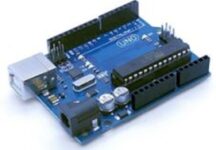

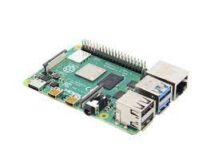
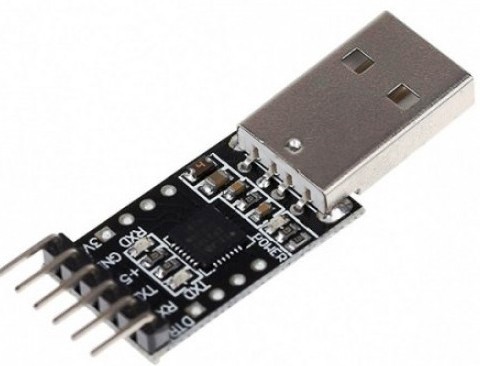
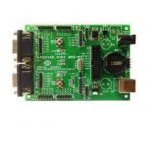
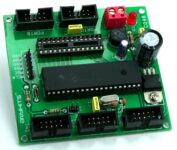
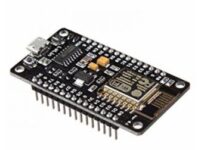
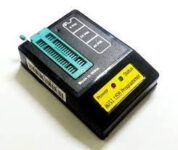
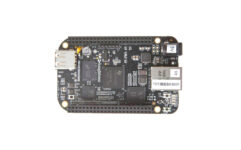
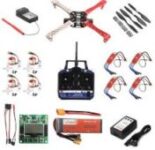
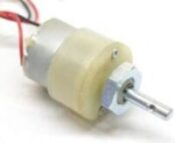

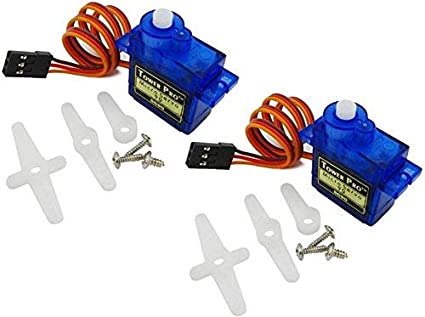
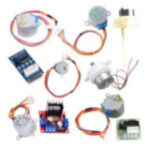

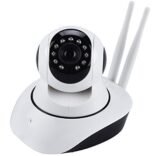
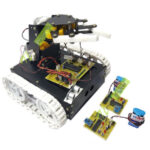
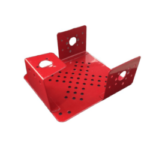

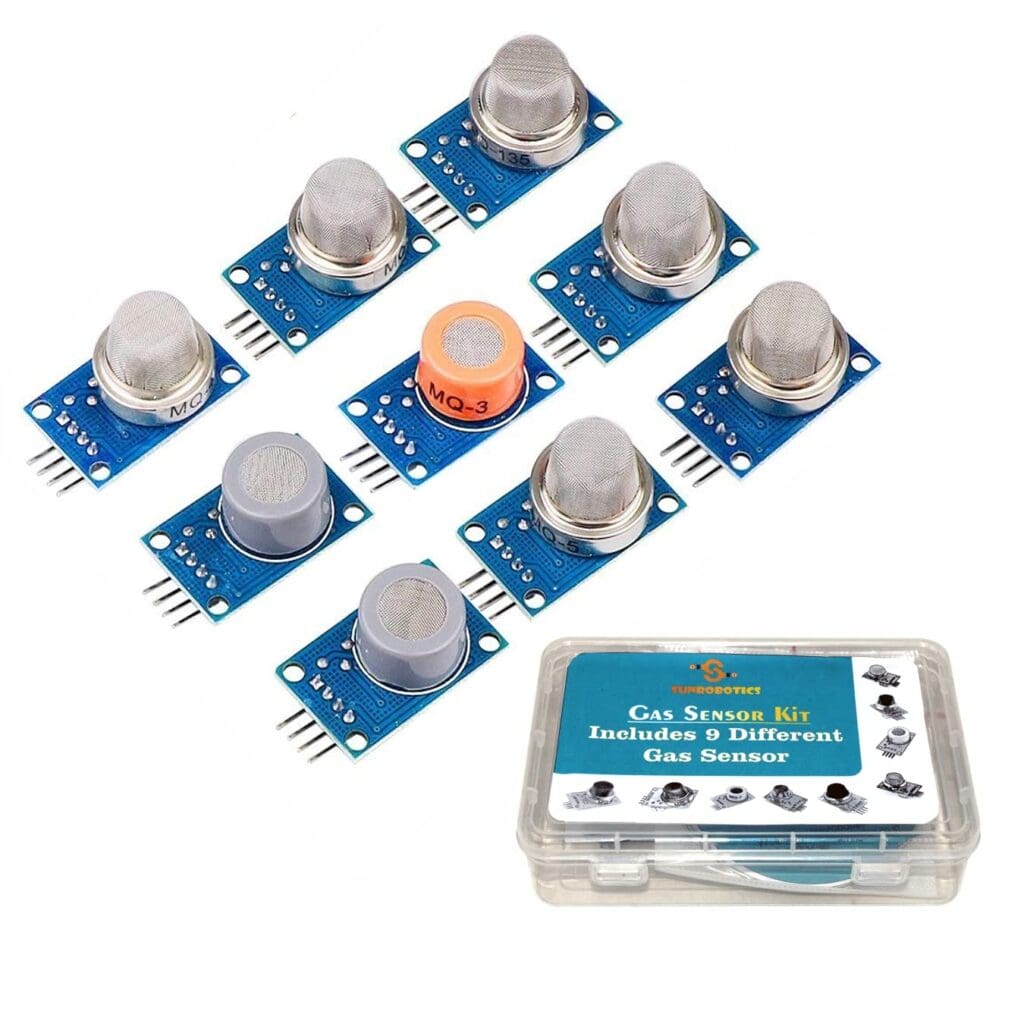
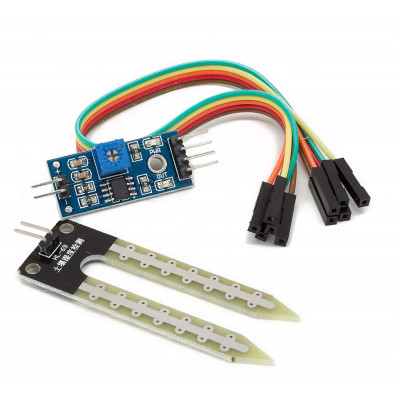
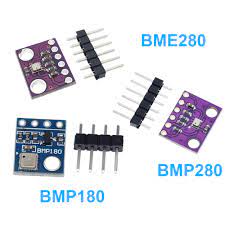
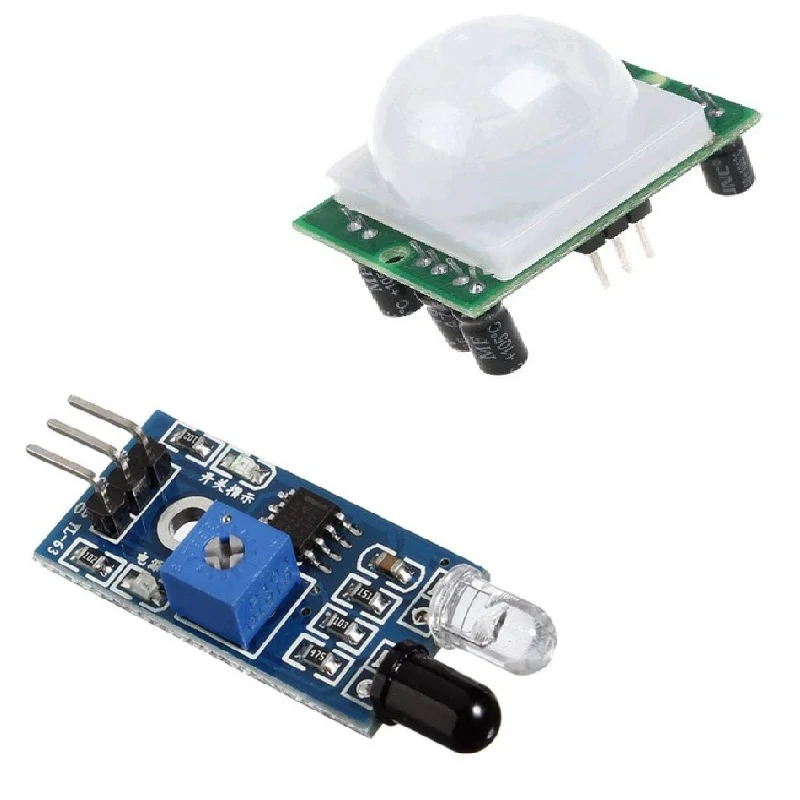


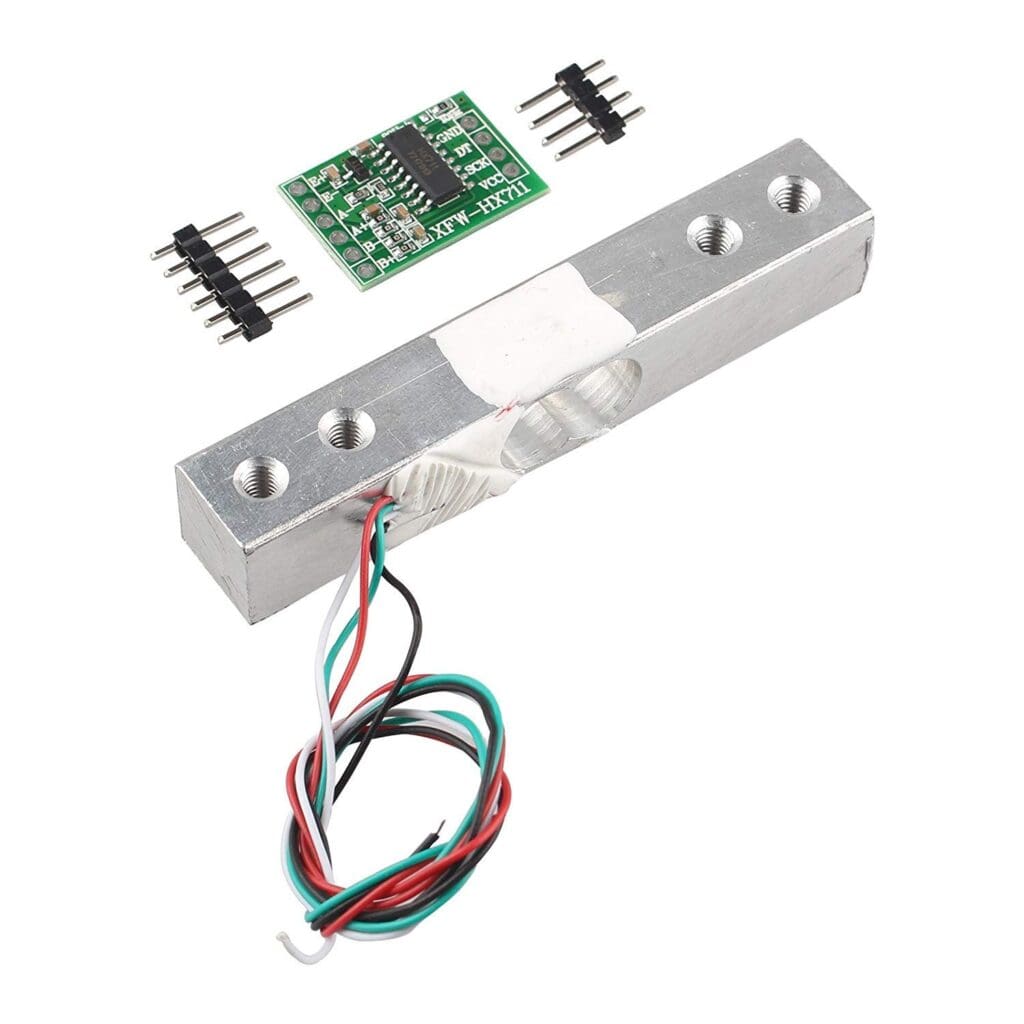



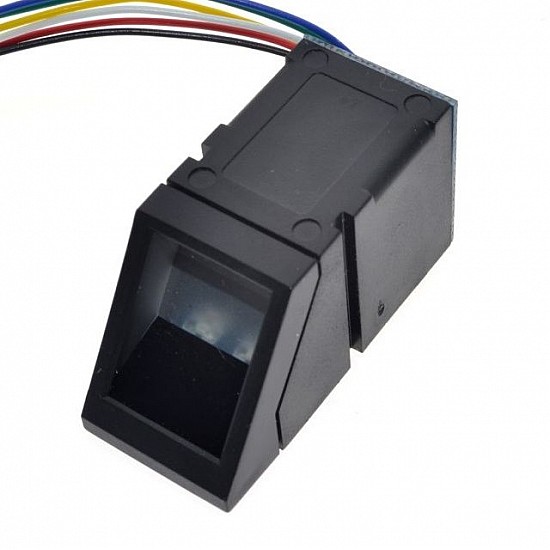
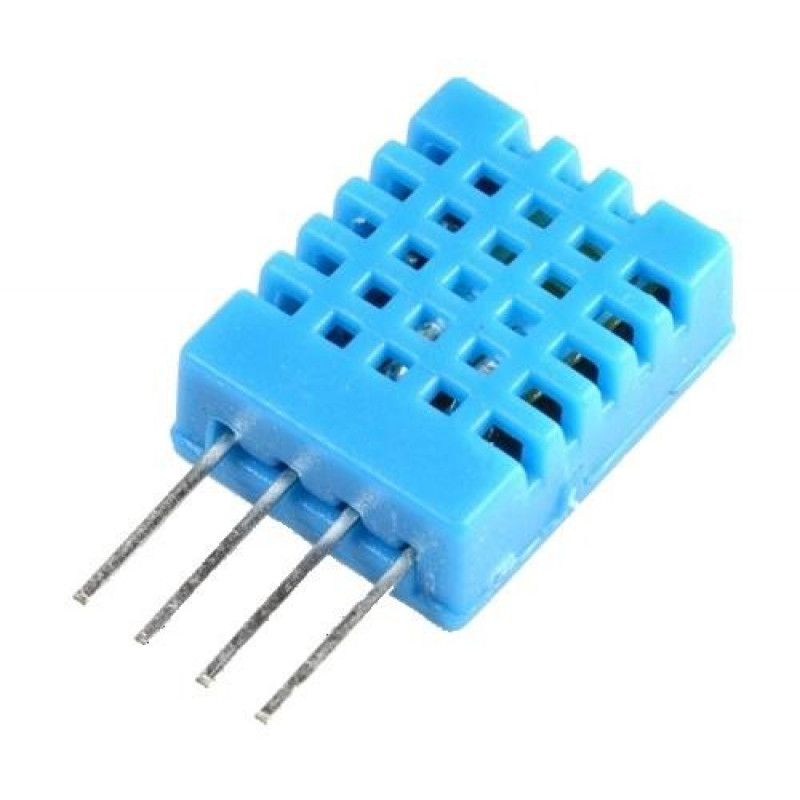

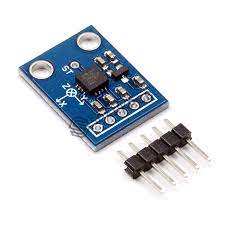
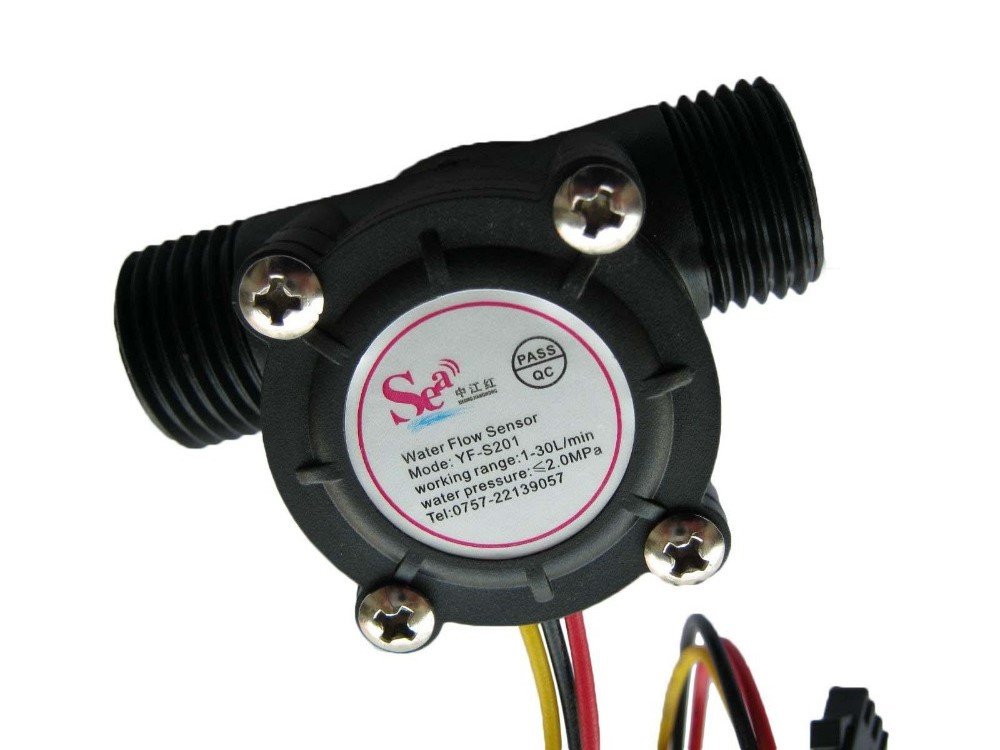
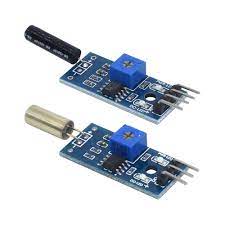
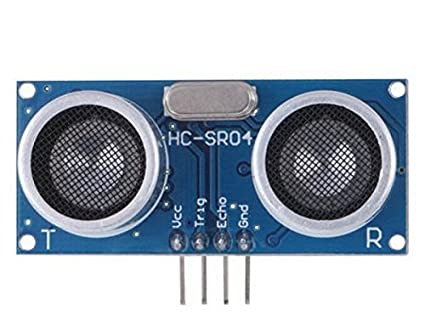

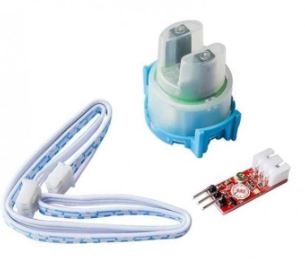

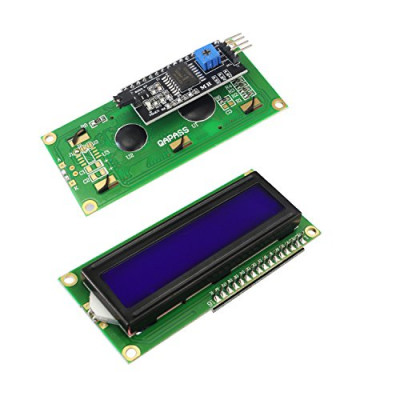
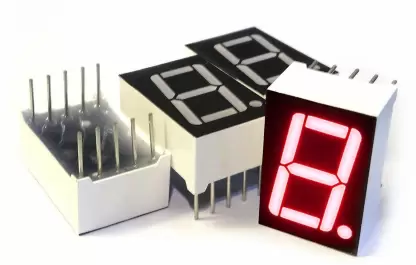
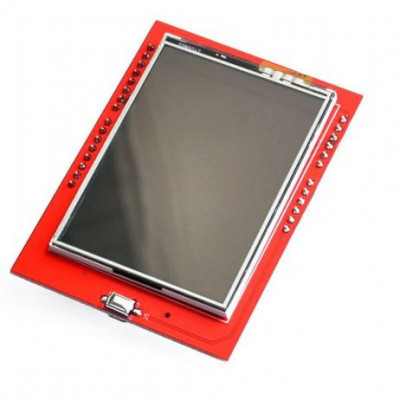
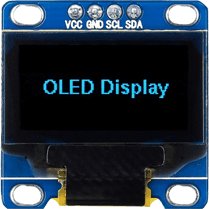

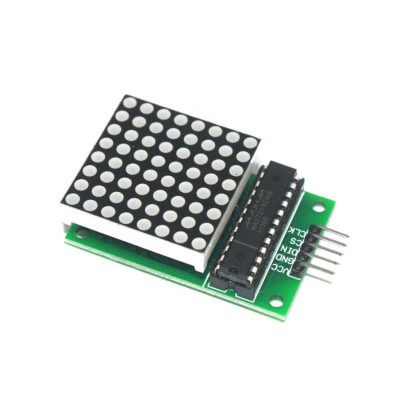
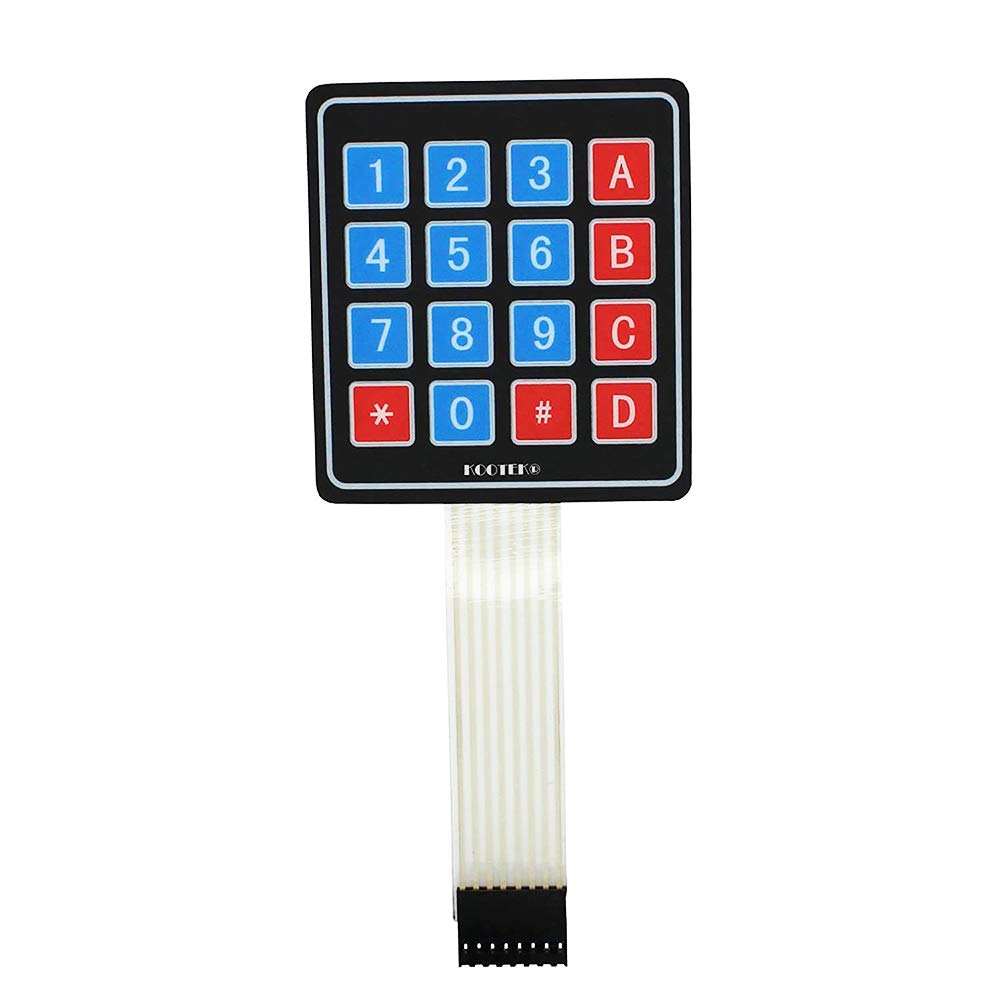
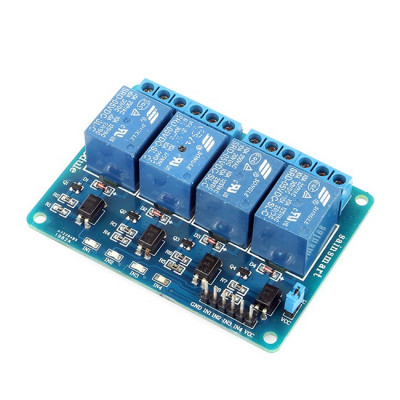
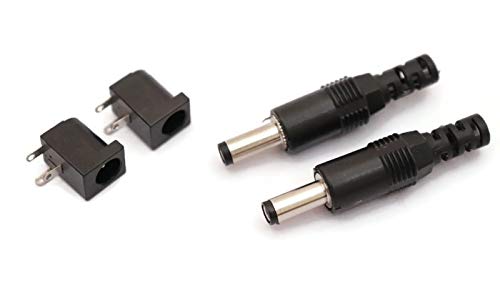

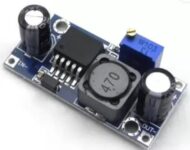
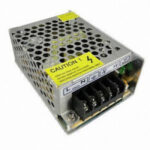

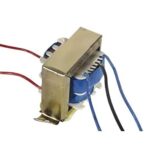

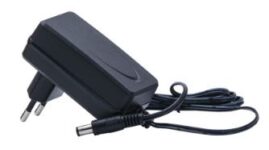

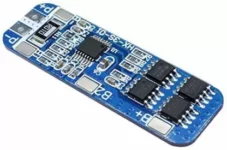
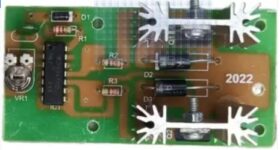
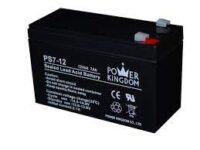

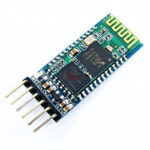
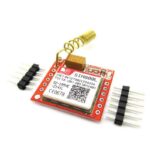
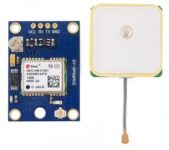
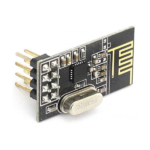
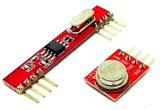
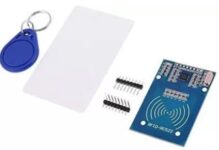
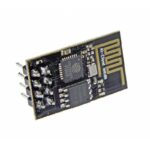
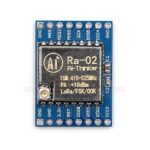
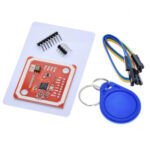
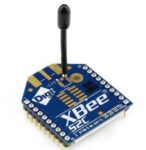

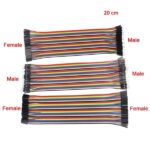



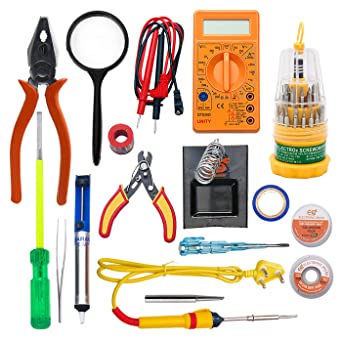



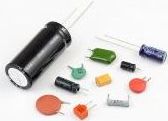
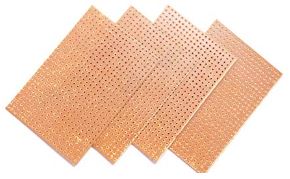

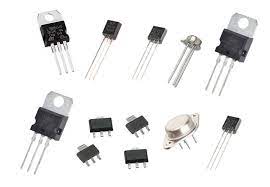
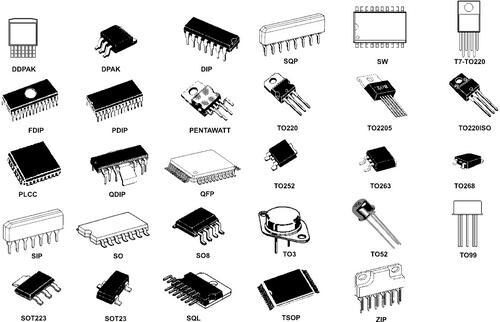
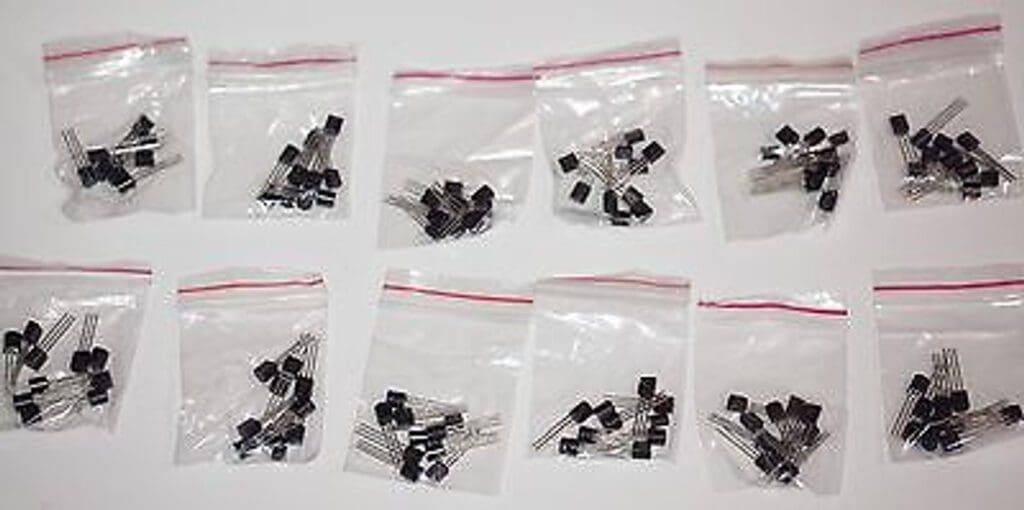
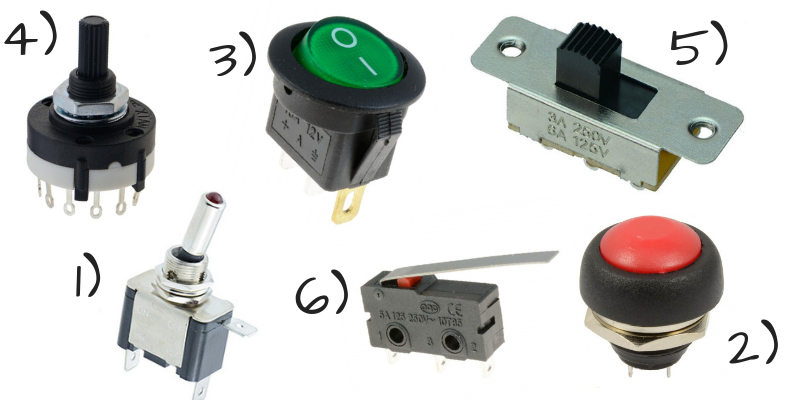
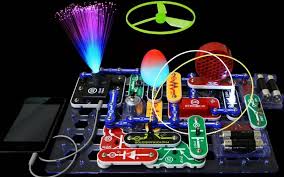


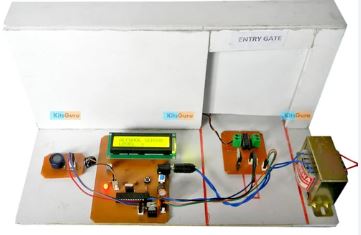

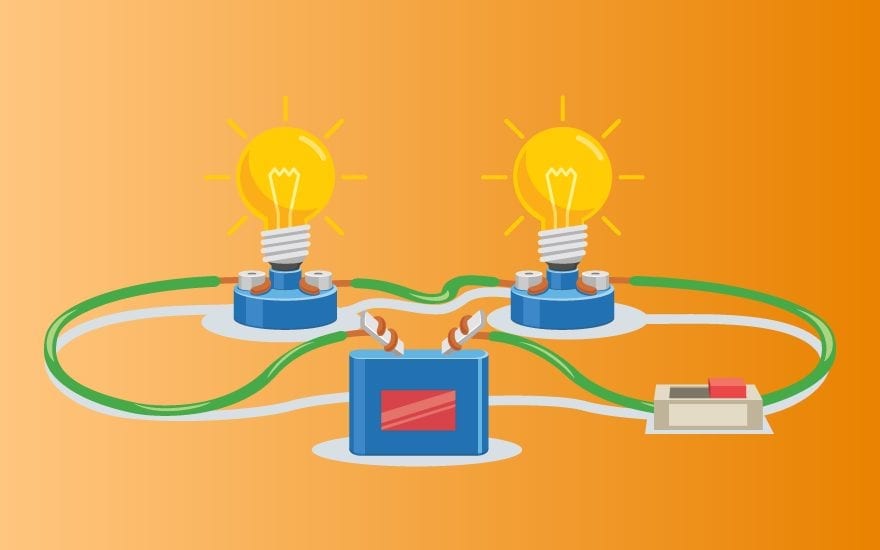
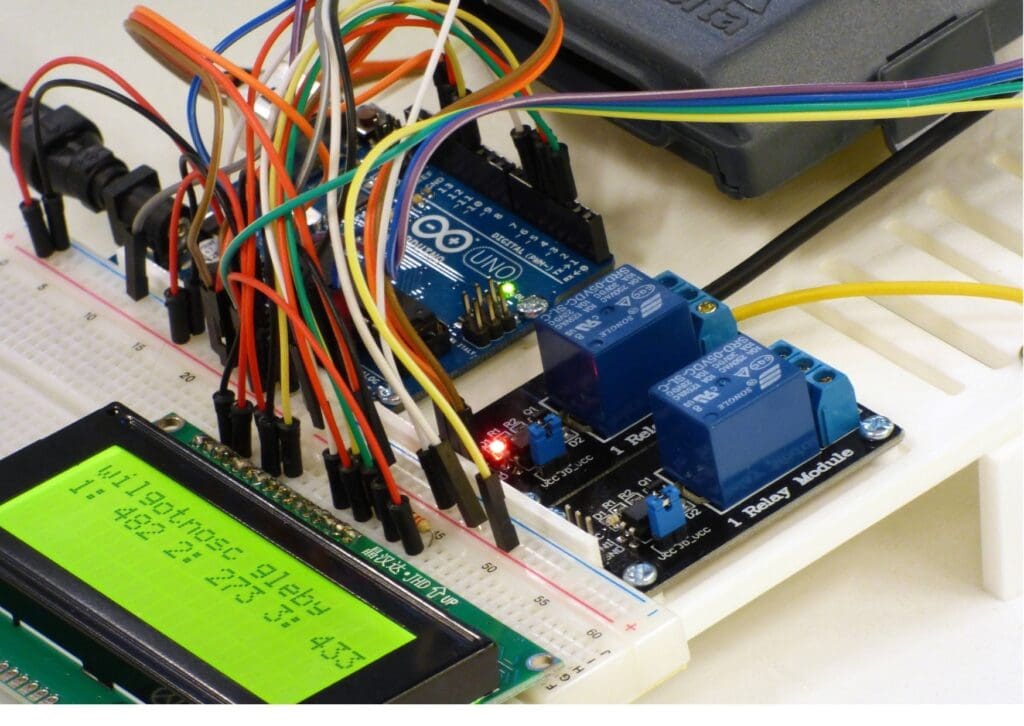
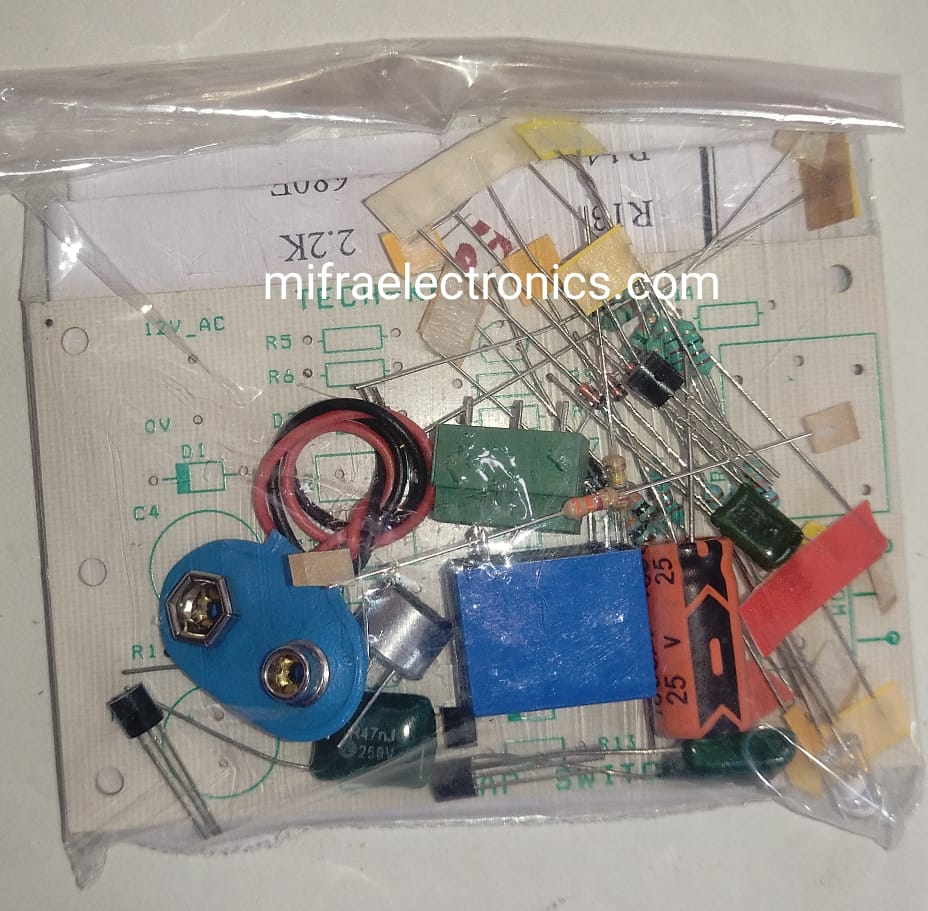
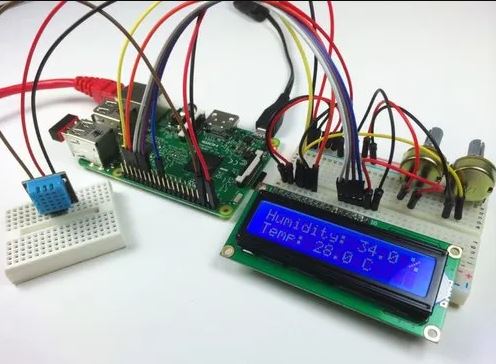

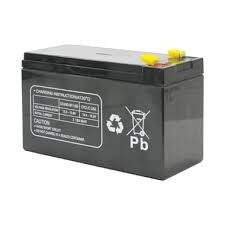
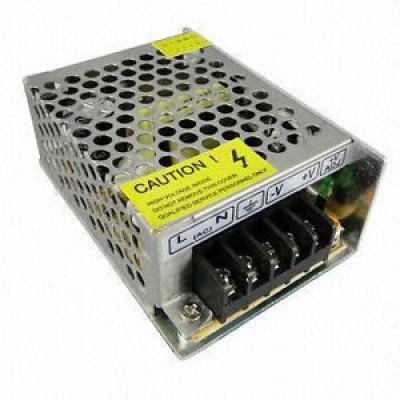
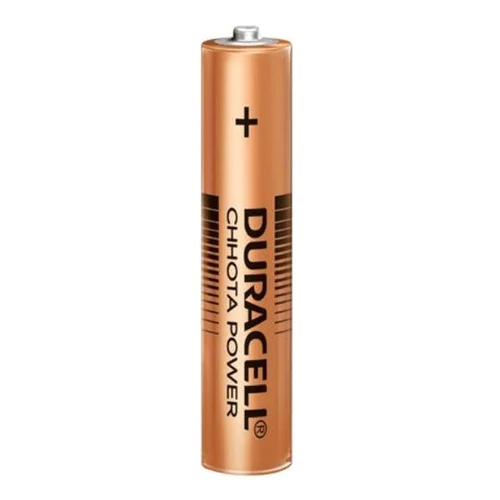
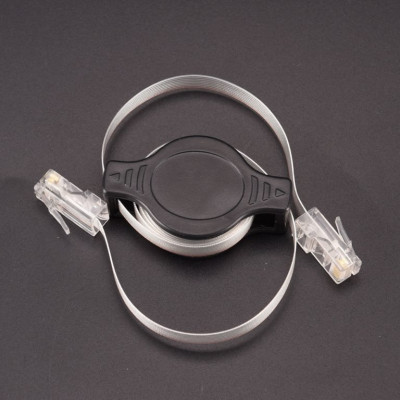
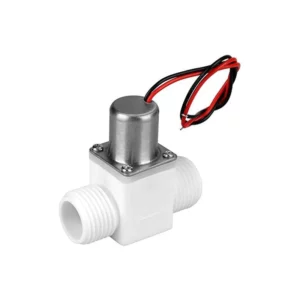
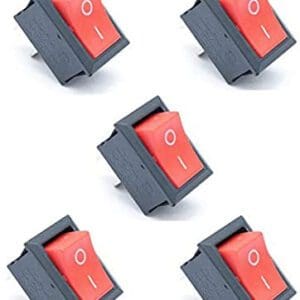
Reviews
There are no reviews yet.